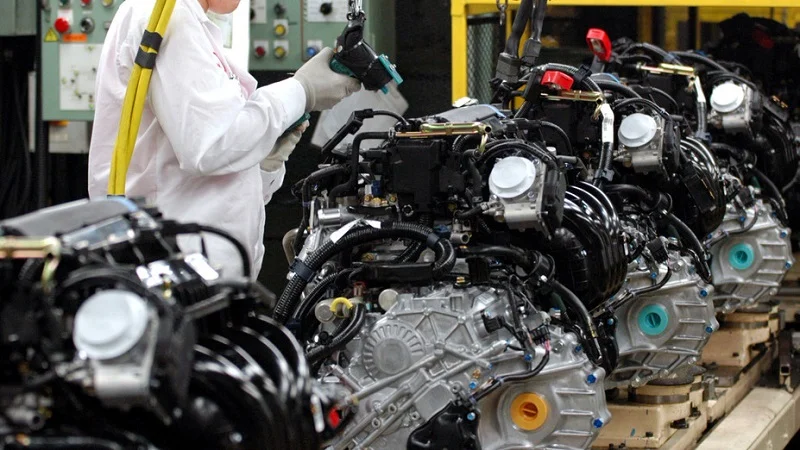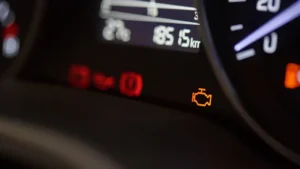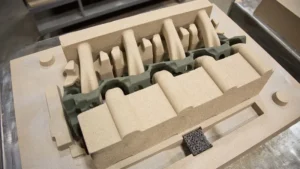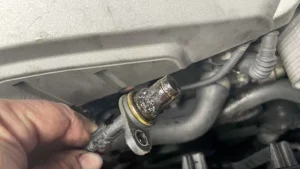This guide highlights the key areas to examine when buying a new engine, from machining precision to component quality, so you can be confident in your purchase and enjoy maximum return on your investment.

Why Inspecting a New Engine Matters
- Premature wear and reduced engine life.
- Poor fuel efficiency and inconsistent performance.
- Higher maintenance and repair costs over time.
- Compatibility issues during installation.
Step 1: Evaluate the Engine Block
- Casting quality: Look for clean, uniform casting with no visible cracks, porosity, or rough edges. Defects in the block can compromise strength under high loads.
- Surface finish: The deck surface where the cylinder head mounts should be perfectly flat and smooth. Any irregularities can cause head gasket failures later.
- Cylinder bores: Even in a new engine, bore surfaces should be polished with consistent cross-hatching. This ensures proper piston ring sealing and efficient combustion.
- Threaded holes: Check that all bolt holes are properly machined and free from debris.
Step 2: Inspect the Cylinder Head
- Flatness: The head mating surface should be perfectly level to avoid head gasket sealing issues.
- Valve seats and guides: Inspect for precision machining. Valve movement should be smooth and free of play.
- Combustion chamber quality: Look for clean, uniform surfaces with no signs of pitting or rough finishing.
- Camshaft fitment: If included, ensure the camshaft rotates freely without excessive resistance or play.
High-quality cylinder heads improve efficiency, power, and longevity, which are crucial for a brand-new engine.
Step 3: Verify Internal Component Quality
- Pistons and rings: Check for proper machining, correct sizing, and smooth finish. Piston rings should have precise end gaps.
- Crankshaft: Ensure journals are smooth, balanced, and free from scoring. A precision-balanced crankshaft reduces vibration and wear.
- Connecting rods: Inspect for consistent machining and proper alignment.
- Bearings: Look for premium materials designed to withstand heat and friction.
Even a new engine can underperform if internal parts are made from inferior materials.
Step 4: Review Lubrication and Cooling Pathways
For any engine, proper lubrication and cooling are essential. In a new engine, these systems should be flawless.
- Oil passages: Confirm that all passages are clean and unobstructed. Any blockage can starve critical parts of lubrication.
- Water jackets: Cooling channels in the block and head should be smooth and free of casting debris.
- Oil pump: If supplied, check that it is securely mounted and spins smoothly.
Poor cooling or lubrication pathways can shorten the life of even the most advanced engine.
Step 5: Check Factory Assembly Standards
- Torque markings: Fasteners should show evidence of proper torque application.
- Sealant application: Gaskets and seals should be neatly installed with no excess sealant squeezing out.
- Alignment: Timing components, pulleys, and other attachments should be aligned correctly.
Professional assembly ensures the engine is ready for immediate and reliable use.
Step 6: Inspect External Components
- Intake and exhaust manifolds: Should be free of cracks, warping, or rough casting.
- Water pump and thermostat: Confirm smooth operation and no manufacturing defects.
- Fuel injectors or carburetor fittings: Verify clean machining and secure mounting.
- Sensors: Electrical sensors should be new, intact, and properly fitted.
While external components may be easier to replace, they still contribute significantly to installation readiness and overall value.
Step 7: Look for Manufacturer Testing and Certification
- Dyno testing: Some suppliers run engines on a test bench to confirm performance.
- Quality control sheets: Certificates often detail clearances, torque values, and inspection results.
- Warranty coverage: A strong warranty is another indicator of manufacturer confidence.
Engines backed by documented inspection and warranty are far less risky to purchase.
Step 8: Confirm Compatibility with Your Vehicle
- Engine code verification: Always check that the engine code matches your vehicle’s specifications.
- Mounting points: Confirm that all brackets and mounts align with your vehicle chassis.
- Electronics and sensors: Ensure compatibility with your ECU or wiring harness.
An incompatible engine can lead to costly modifications or installation delays.
Common Mistakes Buyers Should Avoid
- Assuming all new engines are equal—manufacturing quality varies by supplier.
- Failing to check the block, head, and internal components for machining quality.
- Overlooking cooling and lubrication pathways, which are vital for long-term reliability.
- Ignoring documentation or skipping warranty verification.
Being thorough during inspection protects your investment and ensures peace of mind.
Conclusion
Buying a brand-new engine is a smart way to secure long-lasting performance and avoid the uncertainties of used or rebuilt motors. However, even new engines must be carefully inspected for casting quality, machining precision, assembly standards, and compatibility. By following the steps outlined above, you can make an informed choice and enjoy the full benefits of your investment.
At xjx Auto parts, every new engine undergoes rigorous factory inspection before it leaves our facility. From precision machining of the block and head to thorough quality control testing, we ensure each engine meets the highest standards of performance and reliability. If you are considering purchasing a new engine, contact us anytime—our team is ready to provide the best solution for your needs.



